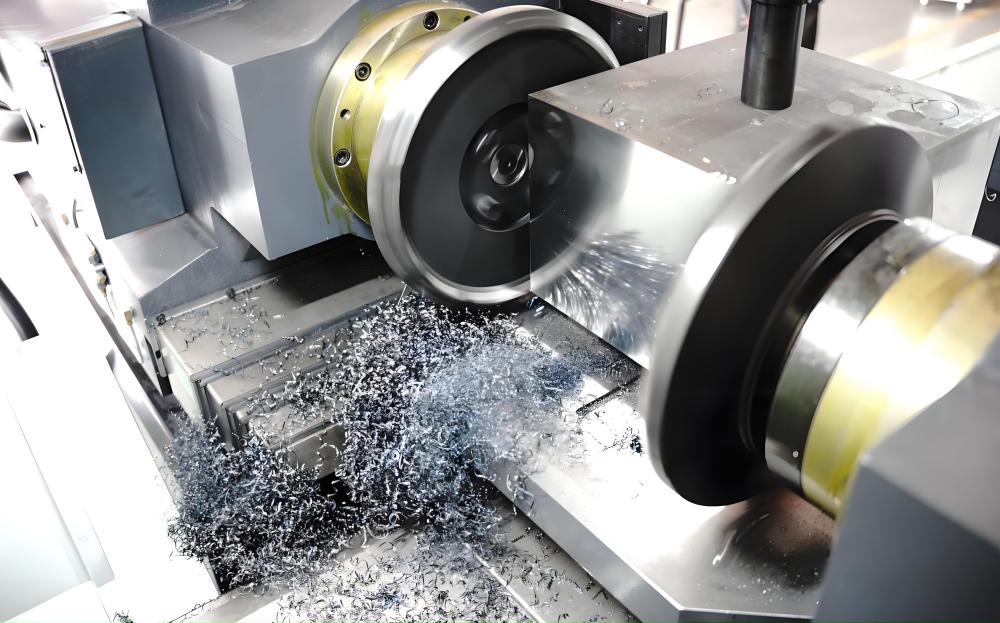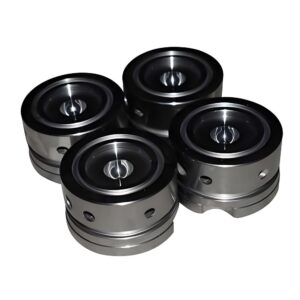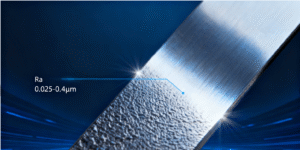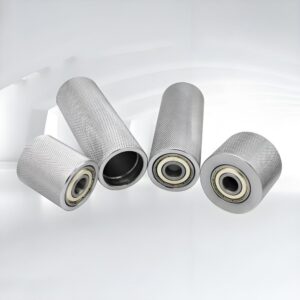Face milling is a vital process in the world of precision machining, creating smooth, flat surfaces that meet exacting standards for components used in countless industries. From crafting engine parts to shaping aerospace components, this method delivers exceptional results with accuracy and efficiency. Whether you’re a machinist looking to refine your skills or a business seeking high-quality manufacturing solutions, understanding face milling can transform your approach to production. This guide explores the ins and outs of face milling, offering practical insights into its techniques, uses, and best practices in a clear, engaging way.
What is Face Milling and How Does It Work?
Face milling is a machining technique where a rotating cutter removes material from a workpiece’s surface to produce a flat, polished finish. Unlike peripheral milling, which cuts along the sides, face milling uses the cutter’s face—its bottom or end—to make contact with the material. The cutter, often equipped with multiple inserts, spins perpendicular to the workpiece, efficiently shaving off layers to achieve a smooth surface.
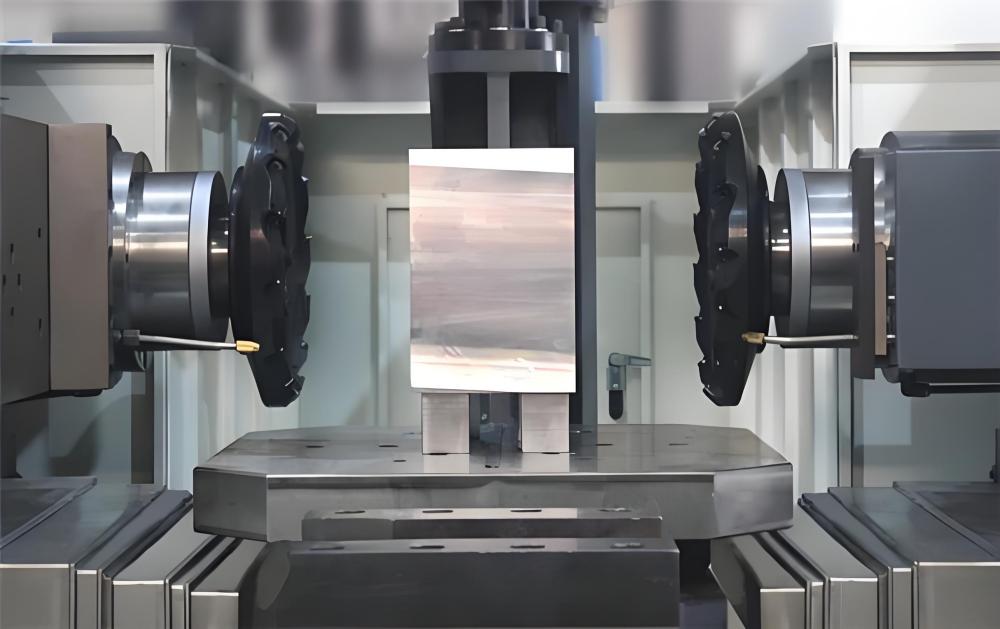
This process is perfect for creating broad, flat areas, such as those found in machine bases, engine blocks, or structural parts. It works with a variety of materials, including steel, aluminum, and composites, making it a go-to choice for manufacturers. By tweaking settings like spindle speed, feed rate, and depth of cut, machinists can fine-tune results to match specific project demands.
The beauty of face milling lies in its ability to deliver precise, high-quality finishes while maintaining tight tolerances. It’s a cornerstone of modern manufacturing, ensuring components are ready for assembly or further processing.
Exploring the Different Types of Face Milling Techniques
Face milling encompasses several approaches, each tailored to specific needs and outcomes. Knowing these variations helps manufacturers select the best method for their projects.
Traditional Face Milling
Traditional face milling, often called conventional milling, involves the cutter rotating against the workpiece’s feed direction. This tried-and-true method is great for roughing cuts where surface finish isn’t the top priority. It’s straightforward but can generate more heat and tool wear due to opposing forces, so machinists must monitor parameters closely.
Climb Milling for Smoother Results
Climb milling, or down milling, has the cutter rotating in the same direction as the feed. This approach yields a finer finish and reduces wear on the tool, making it ideal for finishing passes. It requires a sturdy setup to avoid backlash, but the payoff is a smoother surface with less vibration.
High-Feed Milling for Efficiency
High-feed face milling uses specialized cutters to maximize material removal. With small lead angles and shallow cuts, these tools allow faster feeds without sacrificing tool life. This method shines in high-volume production, where speed and efficiency are critical.
Angle Milling for Unique Features
Angle face milling employs cutters with angled edges to create beveled or chamfered surfaces. It’s often used for edge preparation or to add specific geometric details to a part. While less common, it’s invaluable for components requiring unique angles or transitions.
Each technique offers distinct advantages, allowing machinists to adapt to material types, project goals, and equipment capabilities.
Common Uses of Face Milling in Manufacturing
Face milling’s flexibility makes it a staple in various sectors, delivering precision and reliability for critical components.
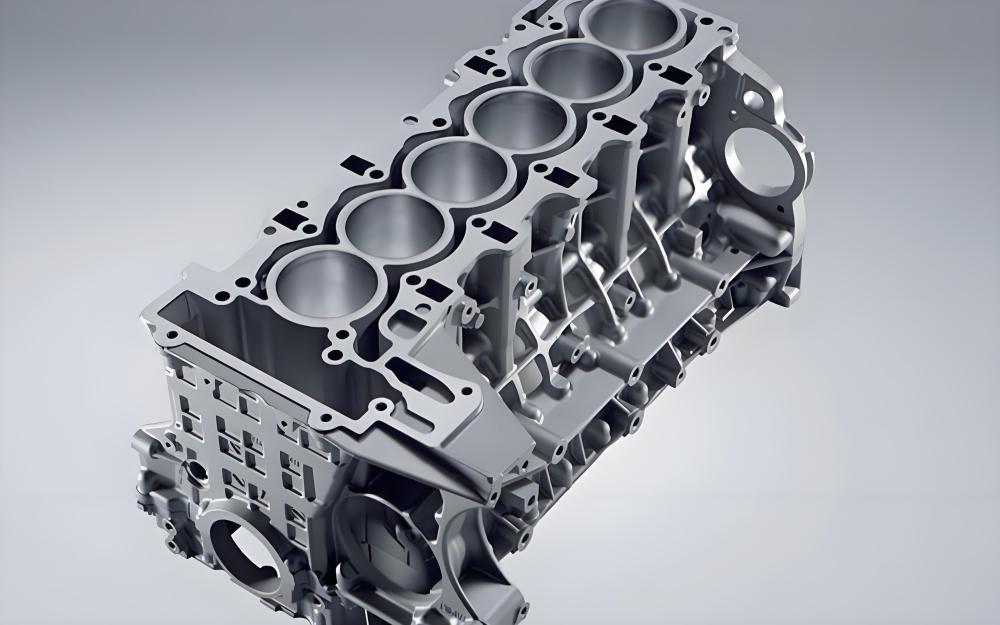
Automotive Manufacturing
In the automotive world, face milling shapes engine blocks, cylinder heads, and transmission parts. These components need perfectly flat surfaces to ensure proper fit and performance. Face milling guarantees alignment, reducing wear and boosting engine efficiency.
Aerospace Precision
Aerospace parts, like turbine blades and structural panels, require impeccable accuracy and surface quality. Face milling handles materials like aluminum, titanium, and composites, meeting the industry’s rigorous standards for safety and performance.
Heavy Equipment Production
For heavy machinery, face milling creates flat surfaces on machine bases, frames, and gearboxes. These components demand stability and alignment, and face milling’s ability to process tough materials like cast iron makes it a top choice.
Tool and Die Crafting
In tool and die production, face milling is used to craft molds, dies, and fixtures with exact dimensions. The process ensures smooth, flat surfaces, enabling precise molding and forming operations.
From small-scale workshops to large factories, face milling supports high-quality manufacturing across diverse applications.
How to Optimize Face Milling for Peak Performance
To get the most out of face milling, machinists must focus on several key factors, from tool selection to process adjustments. Fine-tuning these elements boosts efficiency, enhances quality, and extends tool life.
Choosing the Right Milling Cutter
Selecting the proper cutter is critical. Consider cutter diameter, insert count, and insert geometry. Larger cutters with multiple inserts increase productivity, while inserts with positive rake angles reduce cutting forces and improve surface finish.
Fine-Tuning Cutting Parameters
Balancing spindle speed, feed rate, and depth of cut is essential for optimal results. Higher speeds and feeds can speed up production but may affect finish quality or tool longevity. Use manufacturer guidelines and test runs to dial in the best settings for your material.
Maintaining Machine Stability
A stable machine setup prevents vibration and deflection, which can compromise surface quality. Securely clamp the workpiece and ensure the machine’s spindle and table are in top condition. Regular maintenance, like checking bearings and guides, keeps performance consistent.
Applying Effective Cooling
Coolant is key, especially for heat-sensitive materials like stainless steel. Flood cooling or minimum quantity lubrication (MQL) reduces heat, prevents chip buildup, and prolongs tool life. Choose a coolant suited to your material and operation.
Tracking Tool Condition
Regularly check cutting inserts for signs of wear, such as chipping or flank wear, and replace them promptly. Worn tools lead to poor finishes and inaccurate dimensions. A tool management system helps maintain consistent performance and minimizes downtime.
By optimizing these aspects, manufacturers can achieve top-notch results, reduce waste, and keep operations cost-effective.
Weighing the Pros and Cons of Face Milling
Face milling offers significant benefits but also comes with challenges. Understanding these helps manufacturers decide when to use this technique and how to address its limitations.
Benefits of Face Milling
- Superior Surface Finish: Face milling creates smooth, flat surfaces ideal for functional and visual applications.
- Material Versatility: It handles a wide range of materials, from soft metals to tough alloys, fitting various industries.
- High Productivity: Multiple cutting edges enable fast material removal, supporting efficient production.
- Precision Control: The process delivers tight tolerances, ensuring components meet exact specifications.
- Scalable Applications: Face milling works for both small prototypes and large-scale manufacturing runs.
Challenges to Consider
- Tool Wear Issues: High cutting forces and heat can accelerate tool wear, especially in conventional milling.
- Setup Requirements: Achieving optimal results demands precise machine setup and parameter tuning, which can take time.
- Material Constraints: Extremely hard or brittle materials may require specialized tools or alternative methods.
- Tooling Costs: High-quality cutters and inserts can be pricey, impacting project budgets.
By understanding these trade-offs, manufacturers can leverage face milling’s strengths while addressing its challenges through careful planning and execution.
Why Choose Precionn for Your Face Milling Needs
For businesses seeking exceptional face milling services, Precionn is a standout partner in the machining industry. With a focus on precision, quality, and innovation, Precionn delivers components that meet the highest standards, using advanced face milling techniques tailored to diverse applications. Serving international clients, their expertise spans automotive, aerospace, and heavy machinery projects, ensuring top-tier results with every job. Visit their Google-hosted website to learn how Precionn can elevate your manufacturing with expert face milling solutions.

